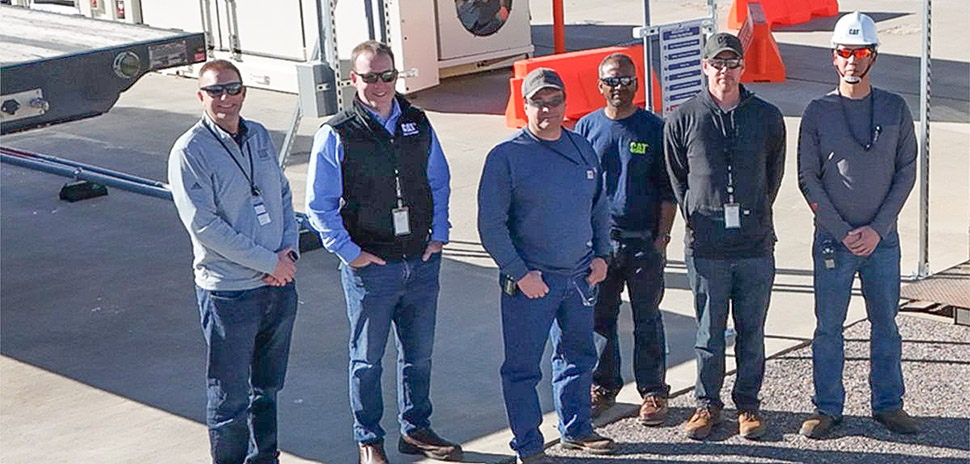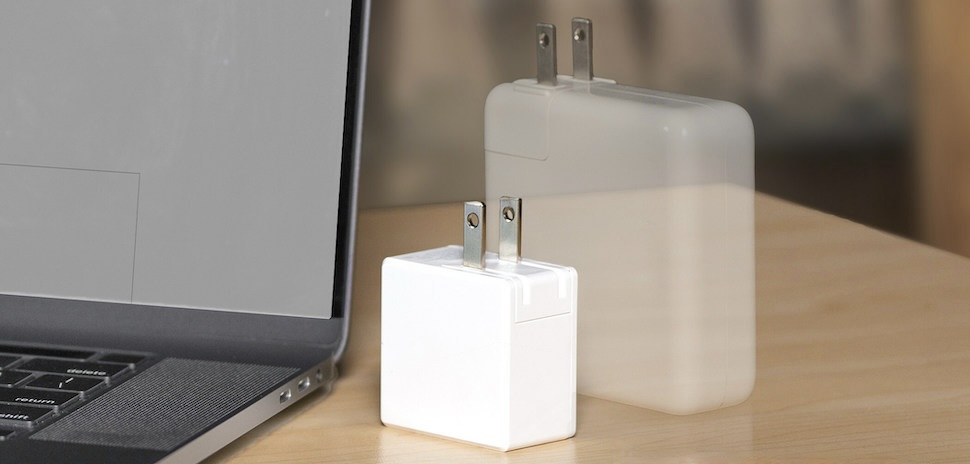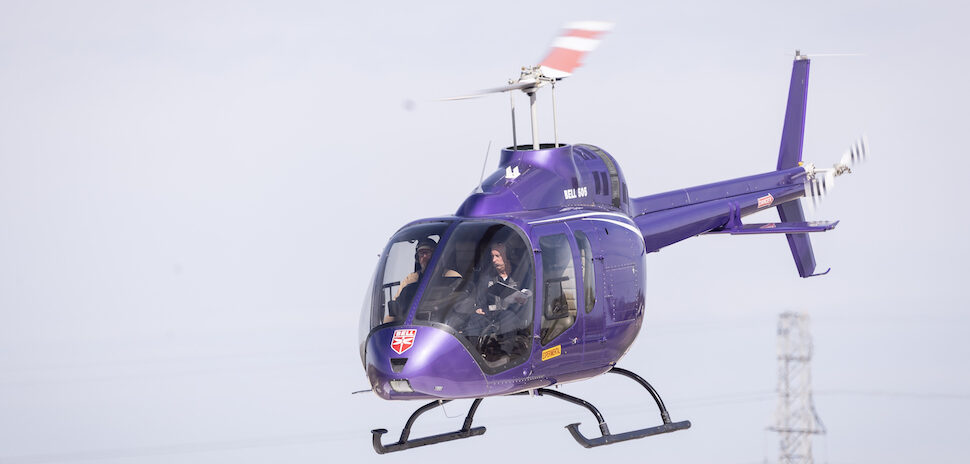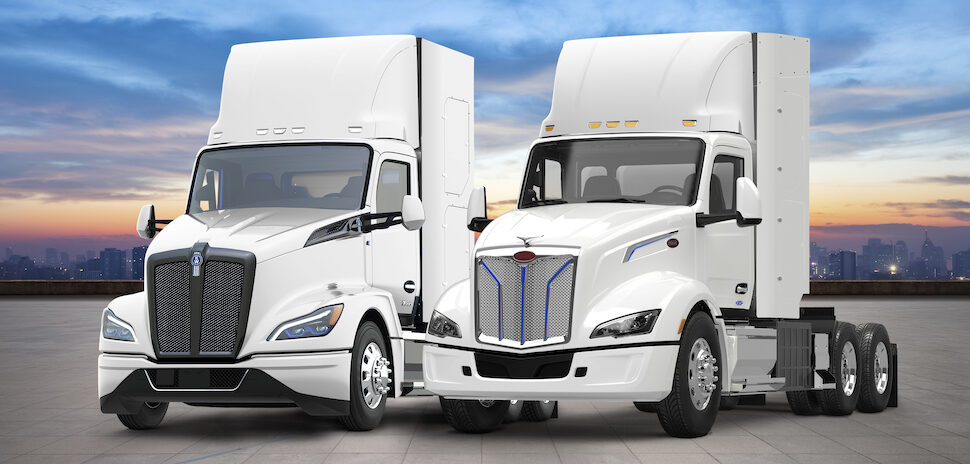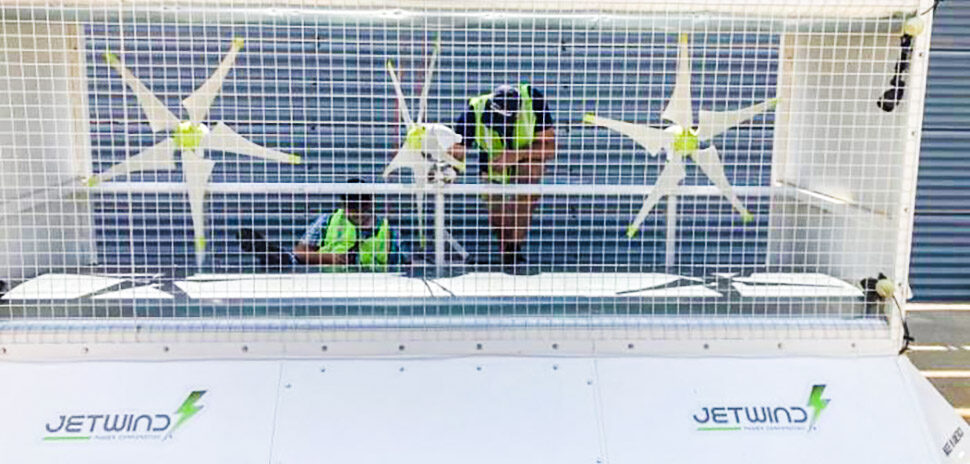Irving-based Caterpillar announced it has successfully collaborated with Microsoft and Ballard Power Systems to demonstrate the viability of using large-format hydrogen fuel cells to supply reliable, sustainable backup power for data centers.
The company said the demonstration provided valuable insights into the fuel cell systems’ capabilities to power multi-megawatt data centers, ensuring uninterrupted power supply to meet 99.999% uptime requirements.
“This successful collaboration with Microsoft and Ballard demonstrates the potential of hydrogen fuel cells to help data centers address their critical power needs while reducing their emissions,” Jaime Mineart, SVP of Caterpillar Electric Power, said in a statement.
Caterpillar said the demonstration was conducted in “a challenging environment,” validating the hydrogen fuel cell power system’s performance at 6,086 feet above sea level and in below-freezing conditions.
The project simulated a 48-hour backup power event at Microsoft’s data center in Cheyenne, Wyoming, where a hydrogen fuel cell was integrated into a data center electrical plant to support its critical load. The company said that a Caterpillar Microgrid Controller was used to operate two Cat Power Grid Stabilization 1260 battery energy storage systems along with the 1.5 MW hydrogen fuel cell.
Sustainable power generation
Caterpillar led the project and said it provided overall system integration, power electronics, and microgrid controls that form the central structure of the hydrogen power solution.
“This project’s success provides an opportunity for hyperscale providers to drive innovations in the sustainability of power generation technologies,” Sean James, senior director of data center research at Microsoft, said in a statement. “The research and findings of the hydrogen fuel cell demonstration will help us towards our goal of becoming carbon negative by 2030.”
Supported by DOE under the H2@Scale initiative
Caterpillar said the project is supported and partially funded by the U.S. Department of Energy Hydrogen and Fuel Cell Technologies Office under the H2@Scale initiative. That initiative brings stakeholders together to advance affordable hydrogen production, transport, storage, and utilization in multiple energy sectors, Caterpillar said.
During the demonstration, Caterpillar said the DOE’s National Renewable Energy Laboratory analyzed safety, techno-economics, and greenhouse gas impacts.
“We see the completion of this demonstration as an important proof point of the reliability and durability of Ballard’s fuel cells in providing zero-emission backup power for data centers,” David Mucciacciaro, chief commercial officer of Ballard Power Systems, said in a statement. “We’re excited about the ability of our products to meet the critical power needs of data center customers in this rapidly growing sector.”
Caterpillar is the world’s top manufacturer of construction and mining equipment, off-highway diesel and natural gas engines, industrial gas turbines, and diesel-electric locomotives. It reported 2022 sales and revenues of $59.4 billion.
![]()
Get on the list.
Dallas Innovates, every day.
Sign up to keep your eye on what’s new and next in Dallas-Fort Worth, every day.










